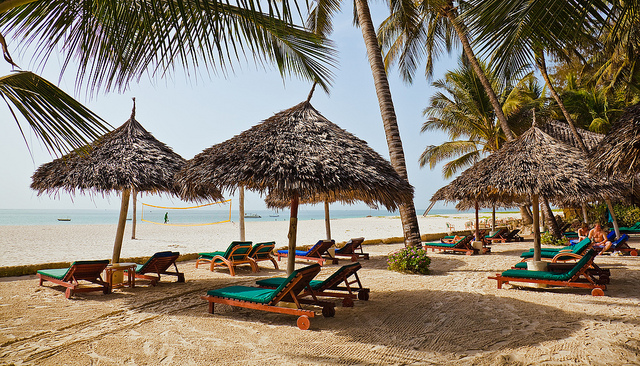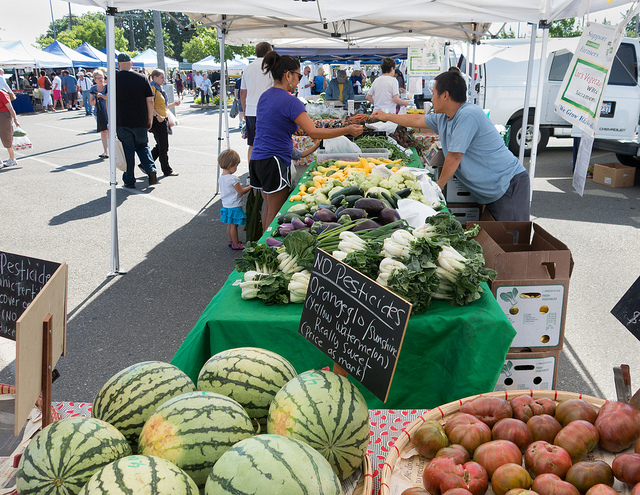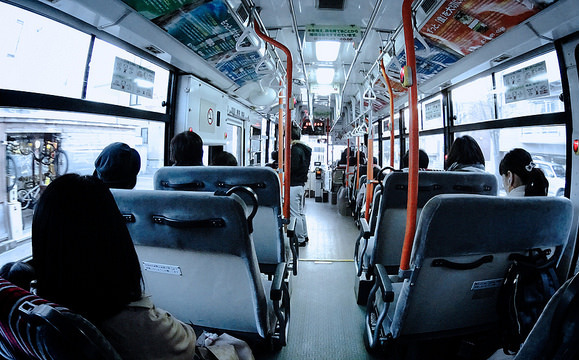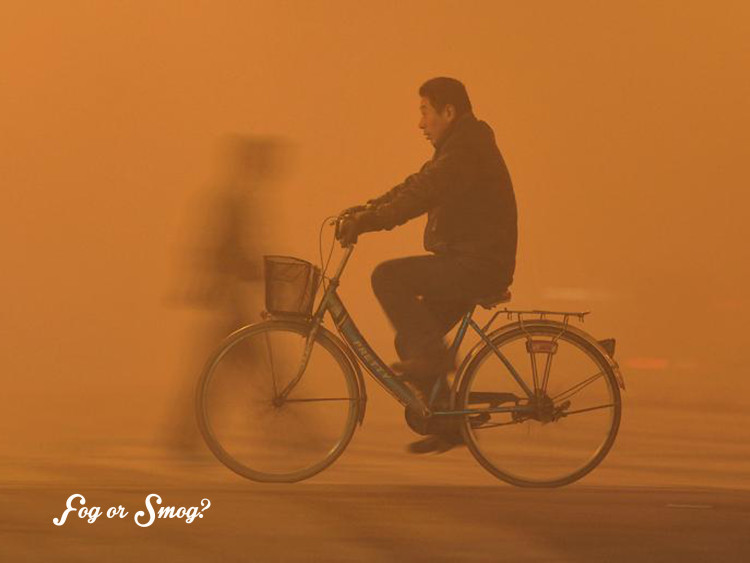I will not be telling you something that you do not already know. But reading this article will definitely make you look at the day to day travel practices you follow from a completely different perspective. I will be talking about how Responsible Travel reduces carbon footprint and how it is very easy to follow.
Why should you bother?
15 out of 20 world’s top polluted cities are from India; I live in one of them and so do you. India’s metropolitan cities are no less than gas chambers. Things get worse in winters when smoke produced by stubble burning of farmlands, and garbage mixes with automobile exhaust, construction dust and fog. The romantic mist of water vapour that we once used to enjoy as fog has now transformed into smog causing various respiratory and heart diseases. Careless and ignorant common man is the biggest contributor to it. Children, pregnant women and old people are the worst affected, and our irresponsible travel practices are adding to this.

If you are still bothered to make a difference, please continue reading about how we make it worse as an ignorant traveller, and how Responsible Travel reduces carbon footprint –
Homestay vs Hotel:
The impact of staying in hotel vs staying in a homestay produces subtle but major differences in the amount of carbon dioxide you produce while travelling.
Power consumption by hotels: Hotels have tremendously high power requirements and are backed up by generator systems that guzzle diesel. Since they have to serve high energy consuming electronic equipment and large number of rooms, they cannot depend on usual energy supply. Homestay on the other hand has no such constraints. It has limited power requirements and it gives you more authentic local experience.
Power usage by guests: We tend to leisurely keep the taps and lights open in a hotel. Since we are ‘paying’ for it, we consider it as our right to utilize as much resources as we can. We can start by switching off the lights we are not using and turning off the tap in hotels or homestays we stay at
Waste disposal: In a limited space, hotels produce large amounts of toxic waste each day from the kitchen, laundry, power backup, air-conditioning etc. On the other hand, homestays and small eco-friendly properties produce less waste in a bigger area, thus enabling the nature more bandwidth to neutralize it.
Linen in rooms: We do not wash the bed sheet, towel or blanket everyday at home. So why do we do that in a hotel? It just doesn’t make any sense. In sea side resorts, detergent ultimately flows into the water. Detergent destroys the external mucus layer that protects fish and other aquatic animals from bacteria and parasites. Organic chemicals like pesticides and phenols are thus easily absorbed by the fish. This not only destroys the very aquatic life we come to admire, but also results in that sea food ending up on our plates.
Luxury hotels will not tell you this


—
Eating local food:
Local food is sourced from nearby farms. It is cheap, organic, fresh and does not have to travel great distances, stuffed in an air-conditioner inside diesel spewing trucks. Consider this – Why would I travel all the way to a beautiful mountain village in the Himalayas to eat pizza? Try local food with families or in locally run restaurants. It will give you a completely different experience of having tasted something new.

—
Private vs Public transport:
Unless it is absolutely necessary (eg. in case of small children or old people), we can opt for public transport rather than blindly booking a private cab. Many forms of public transport like long distance bus, trains and metro rail (within city) are comfortable, save you from traffic snarls, save a lot of money, and produce exponentially less carbon footprint per passenger.
An eight seat cab hired in mountains by two people emits almost the same amount of diesel smoke as compared to what it emits when it is full.
Cycling to work recently took up speed in New Delhi, India due to the implementation of Odd/ Even policy, but it still has to mature in India. Cycling is however a part of daily work life in many European cities like Amsterdam.

—
The monster effect of aviation in global warming:
Since 1990, the Carbon dioxide (CO2) emissions from aviation have increased by 83%. The number of budget flights have gone up and more people are now opting to fly even for very short distances. For long inter country journeys, we cannot avoid the flight, but we can definitely reduce our flight use within the country. Here is how aviation damages the environment:
Contrails of aircraft: Contrails are the white streaks of carbon, water vapour, nitrogen and sulphur left in the sky when a plane flies. It remains that way for up to two hours before dispersing. In the process, it hinders the heat of the earth to escape, thus increasing the global temperature.
Processing of waste produced in-flight: The energy required to flush the plane toilet once is equivalent to the energy needed to run a small car for 10 km. I am not encouraging you to hold it throughout the flight. But maybe you can take a dump before boarding or avoid flight altogether.
Food supply: The processing, packaging, transportation and loading of food in flight takes up much more resources as compared to a train. Disposal of plastic and paper waste also takes up more energy than it does in a train or simple roadside meal in a restaurant.

—
Carbon offset:
Many travel companies provide carbon offsetting to their travellers. Carbon offset means that a part of the money you pay is used to offset the carbon dioxide emitted by the aircraft by planting trees. Usually, companies tie up with NGOs to provide carbon offsetting. You might want to check with your tour operator next time.
—
Responsible Travel partner:
You might want to choose to travel with a company specializing in Responsible Travel. Usually it takes a lot of ground work to establish a whole chain of activities, transportation and stay that are economically, socially and environmentally sustainable. A Responsible Travel company will not only ensure that your carbon footprint is minimized, but also will educate you all the way as you travel.
***
Do you have more tips to travel with low carbon footprint?
Travel with me on Facebook, Twitter & Instagram
Feature image: www [dot] thetimes [dot] co [dot] uk
Related Articles:
===
Will Terrorism affect the way we travel?
Gender equality in Responsible Tourism
Responsible Travel & Social, Financial and Environmental issues of Rural India
Gaurav BhatnagarSoftware Engineer turned Travel Writer, Photographer, and Public Speaker on Responsible Travel. Entrepreneur in Responsible Rural Travel @ www.thefolktales.com
|








